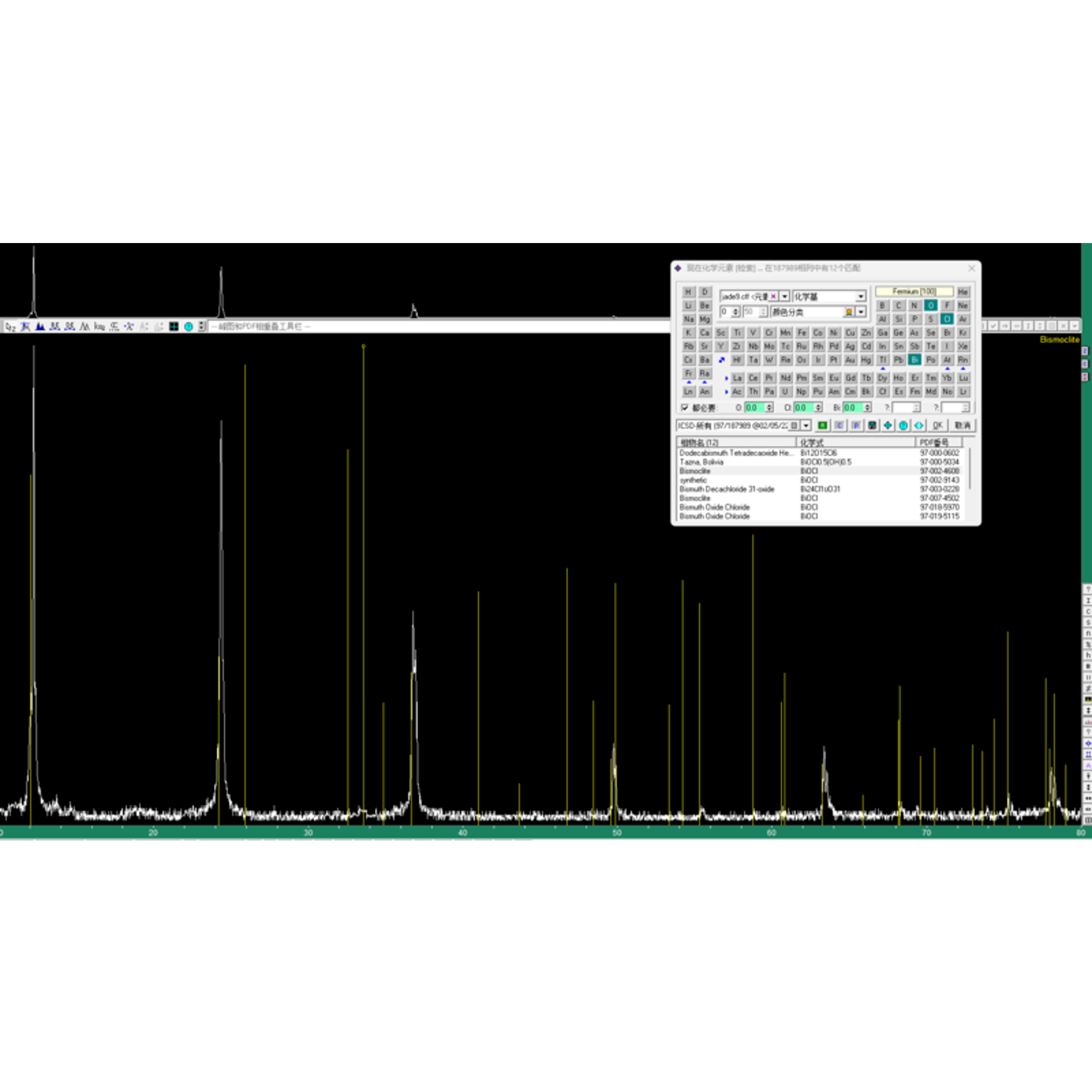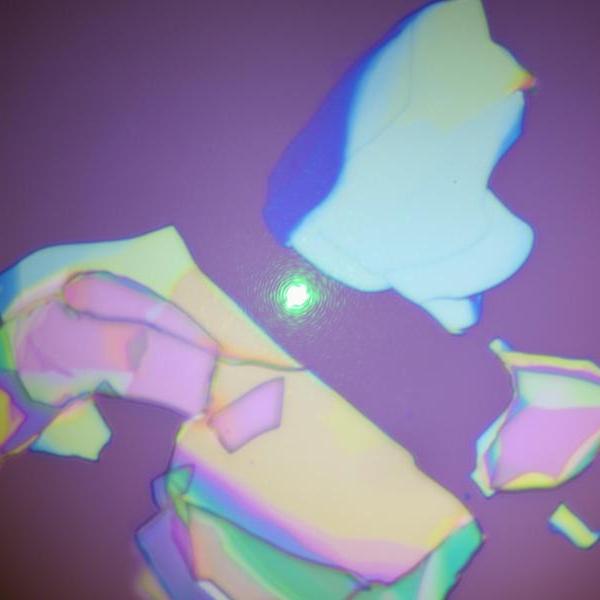Description
BiOCl Crystals (Bismuth Oxychloride)
BiOCl is a layered bismuth-based oxyhalide material with a unique tetragonal crystal structure. Known for its excellent photocatalytic and optical properties, BiOCl is widely used in environmental remediation, optoelectronics, and energy-related applications. Its layered structure makes it suitable for 2D material studies and advanced device fabrication.
Sample Size Options:
Crystals larger than 10 mm²
Crystals larger than 25 mm²
Material Properties:
Layered Crystal Structure: Facilitates exfoliation into thin layers for 2D research.
Photocatalytic Activity: High efficiency in photocatalytic degradation and oxidation reactions.
Optical Transparency: Exhibits strong UV and visible light absorption.
Environmental Stability: Maintains performance under inert and controlled conditions.
Crystal Structure:
Type: Tetragonal structure
Features: Cleavable layered structure with strong interlayer interactions.
Degree of Exfoliation:
Ease of Use: Can be exfoliated into thin layers for nanoscale studies and heterostructure assembly.
Other Characteristics:
Photocatalytic Performance: Efficient for environmental applications, including pollutant degradation.
Optical Properties: Strong absorption in the UV-visible spectrum for optoelectronic devices.
Chemical Stability: Stable in ambient conditions, ensuring long-term usability in research and applications.
Applications:
Environmental Remediation:
Ideal for photocatalytic degradation of organic pollutants and water purification.
Optoelectronics:
Suitable for UV sensors, light-emitting devices, and other photonic applications.
2D Material Research:
Perfect for exfoliation into thin layers and exploring heterostructures in van der Waals materials.
Energy Applications:
Promising material for photocatalysis and solar energy conversion.
Sensors:
High sensitivity to light and chemical stimuli, making it suitable for advanced sensing applications.
Additional information
| CAS Number | 7787-59-9 |
|---|



